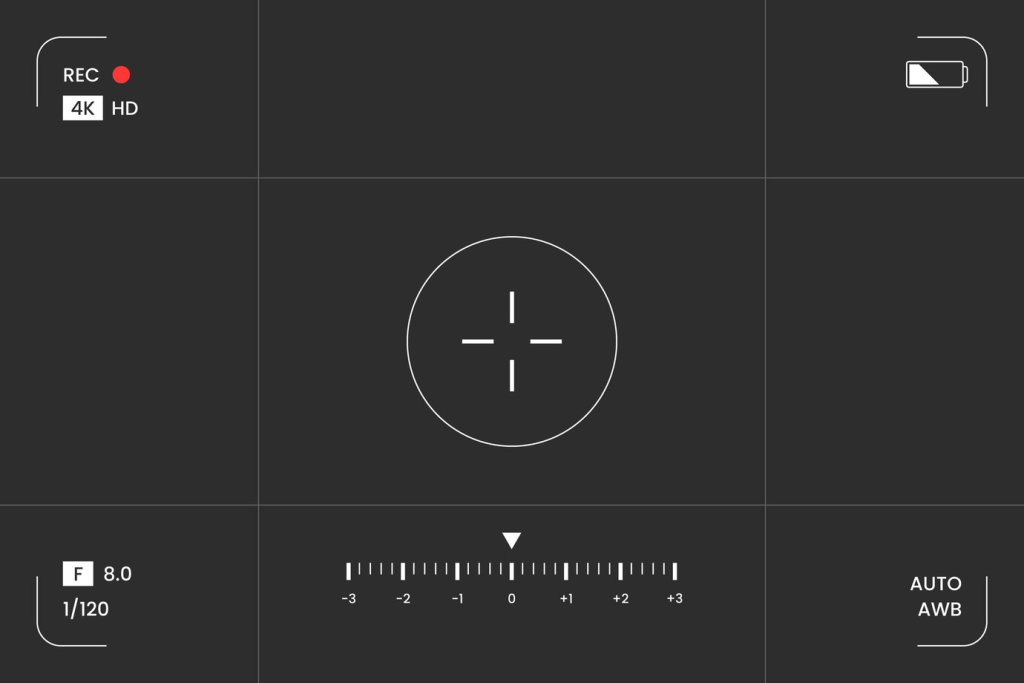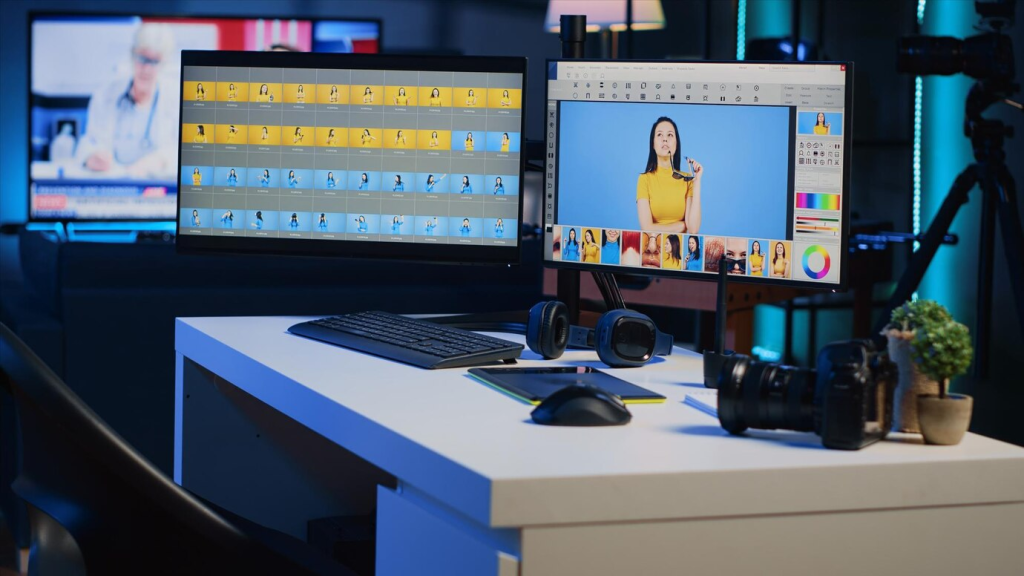In today's digital marketplace, high-quality visuals are the key to attracting customers and driving sales. Whether you're a seasoned photographer or a small business owner trying to showcase your products, turning everyday items into compelling images is a skill worth mastering. This guide provides expert product photography tips to help you create visuals that stand out and resonate with your audience.
Studies show that 93% of consumers consider visuals essential when making purchasing decisions. A well-shot image can communicate your product's quality, usability, and value far more effectively than text descriptions alone.
You don’t need a professional studio to capture stunning product photos. Here's what you’ll need:

Lighting can make or break a photo. Use natural light for soft, even illumination, or invest in a ring light for consistent brightness. Position the light source at an angle to create depth and reduce harsh shadows.

The background sets the tone for your image. A plain white background is ideal for e-commerce, while textured surfaces (e.g., wood, marble) add a lifestyle element. For DIY setups, use inexpensive foam boards or fabric.

Use the rule of thirds to place your product off-center for a visually appealing composition. Play with angles—top-down shots work well for flat products, while 45-degree angles add dimension to larger items.

Props can help contextualize your product and make the image more relatable. For instance, a coffee cup paired with a book evokes coziness. Just ensure the props don’t overshadow the main item.

Editing brings your photos to life. Use software to adjust brightness, contrast, and sharpness. Remove any imperfections, but keep the final image realistic to maintain customer trust.

High-quality visuals build credibility and encourage customers to trust your brand. Products with clear, attractive images are more likely to convert casual browsers into buyers.
Mastering product photography doesn’t require an expensive setup. With creativity, the right techniques, and attention to detail, you can turn everyday items into visually stunning images that captivate your audience. Start small, experiment, and keep refining your skills to achieve professional results.